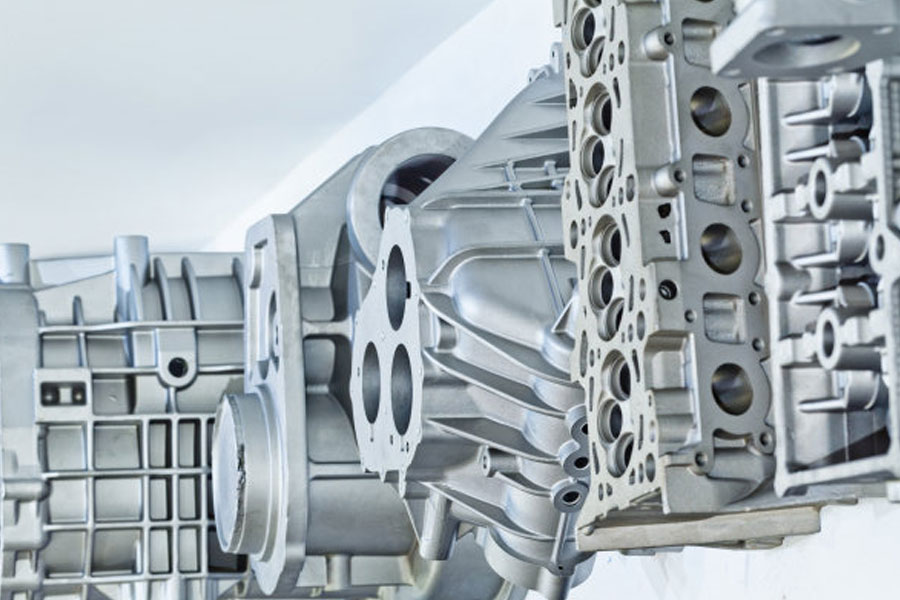Die casting mold is an indispensable part of die casting production. The use of die-casting molds determines the service life, production efficiency and product quality of die-casting molds, which in turn affects the cost of die-casting.
For the die-casting workshop, good maintenance of the mold is a powerful guarantee for the smooth progress of normal production and is conducive to the stability of product quality.
Although the structure of the die-casting mold and the plastic mold are the same, the actual difference between the die casting tooling and the plastic mold is shown as follows:
- The injection pressure of the die-casting mold is large, so the template is required to be relatively thick to prevent deformation.
- The gate of the die-casting mold is different from that of the injection mold, and the high pressure of the split cone to decompose the material flow is required.
- Die-casting mold core does not need to be quenched, because the temperature in the cavity exceeds 700 degrees during die-casting, so each molding is equivalent to a quenching, the cavity will become harder and harder, and the general injection mold needs to be quenched to HRC52 or more.
- Die-casting molds generally need to be nitrided in the cavity to prevent the alloy from sticking to the cavity.
- Die casting mold manufacturing are relatively corroded, and the outer surface is generally blue.
- Compared with injection molds, die-casting molds have a larger matching clearance for movable parts (such as core-pulling sliders), because the high temperature of the die-casting process will cause thermal expansion, and if the clearance is too small, it will cause the mold to jam.
- The parting surface matching requirements of die-casting molds are higher, because the fluidity of the alloy is much better than that of the plastic, and the high temperature and high pressure material flow from the parting surface will be very dangerous.
- Generally, injection molds can be vented by thimble and parting surface. Die-casting molds must have venting grooves and slag collecting bag (collecting cold material head).
- The molding is inconsistent, the injection speed of the die-casting mold is fast, and the injection pressure is one section. The plastic mold is usually injected in several sections to maintain the pressure.
- The china die casting mold is a two-plate mold (I haven’t seen a 3-plate die-casting mold for the time being). The product structure of different plastic molds is different. The three-plate mold is common. The number and sequence of mold openings are matched with the mold structure. The mold usually does not use square thimble and tube.
- Skew pins (high temperature and good fluidity of the solution) are easy to jam and cause unstable mold production. In addition, plastic molds and die-casting molds are made of different steel; plastic molds generally use 45# steel, T8, T10, etc. Steel, and die-casting molds mainly use heat-resistant steel such as 3Cr2W8V.
